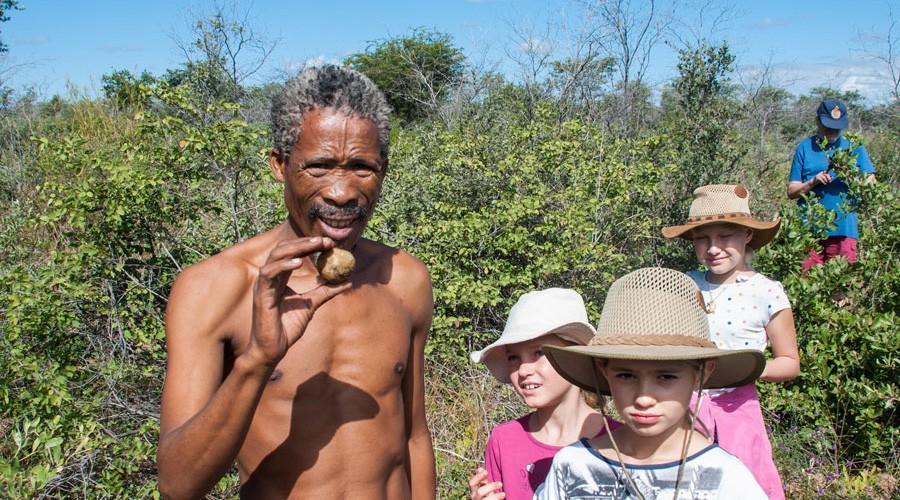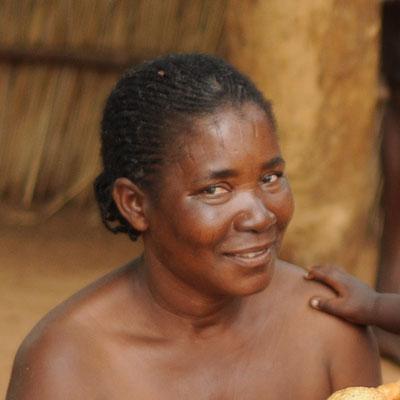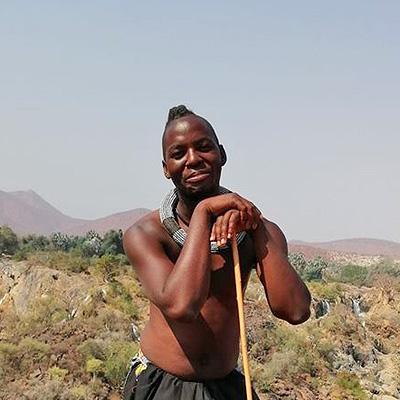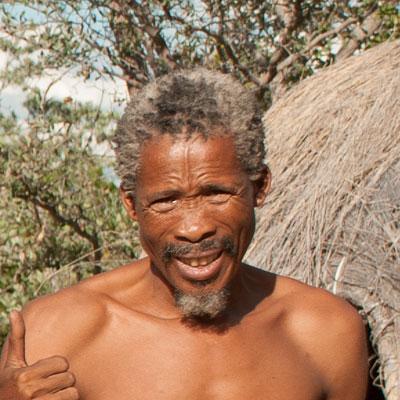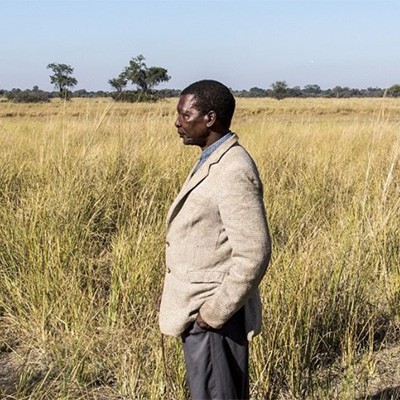Fascinating culture of the San
A very special bush walk
Around midday we left the Living Museum towards the west to participate on a bushwalk together with the bushmen of the Living Hunter’s Museum. Although having been already several times on such a bushwalk with the San, every single time it is a wonderful, relaxing and exciting activity during which one is taken back to old times and one can imagine how the old bush life must have felt like. Thoughts start to wander. The stress and the everyday life seem far away and one starts to concentrate only on the essential things: But be aware of your steps, snakes, scorpions and other small animals are dangerous to step on. Now and then one of the San women discovered something special, e.g. Dchun (Walleria Nutans), which taste like old potatoes (that’s why they are called bush potatoes), the succulent root named “!ai!ai” (Raphionacme Velutina), which is essential for the old San’s survival or a sisal plant, known as “Oryx horn” or “Mother-in-law tongue”, which is used to make strings and ropes.
The almost meditative bushwalk had been constantly accompanied by lively conversations amongst the San. Often we stopped to analyze tracks of wild animals; we dug, picked and plucked. Suddenly a loud yelling and cheering, at first we thought a wild animal has jumped out of a bush. But no – one of the elder ladies jumped under a bush and started digging and revealed a small brown tuber.
A conversation amongst the San started immediately and only the translator later explained that the tuber was a so called DcooDcoo – a truffle. We looked at each other and then looked at the tuber. The Bushmen indeed had found a Kalahari truffle.
Tsamkxao with a Kalahari truffle
Those truffles, we at least were convinced about it, occur only in the southern part of the Kalahari. We were not aware about the fact that they grow as well in the northern parts, in the area of the huge Kalahari sandveld. We asked the San if they were 100 percent sure, whether those were indeed Kalahari truffles. An unnecessary question, the San began to cheer again enthusiastically, the next truffle had been found!
Kalahari truffles (Terfezia pfeilii) solely grow at the end of an exceptionally good rainy season. Like their European relatives, the Kalahari truffles are both extremely tasty and rare, although not even remotely as expensive. While truffles in Europe are traded for approximately 9000 Euro per kilo, their African equivalent costs about 10 Euro per kilo.
We now persuaded the San to stop digging out other plants during the bushwalk and concentrate only on finding more truffles. All people, guests and bushmen helped to find them. They normally grow on the shaded side of densely growing bushes and can be noticed by the star shaped burst soil. In the beginning we thought (especially we tourists) that it is impossible to find those wonderful fungi, but with time our eyes got used to the surroundings and started to recognize the essential things. Shaded side – star shaped burst soil – There! Indeed a brown child-fist-sized tuber shriveled and covered with wet soil. The guides unsuccessfully tried to turn our focus to the nearby tracks of Kudus and bush carrots, but we only saw truffles!
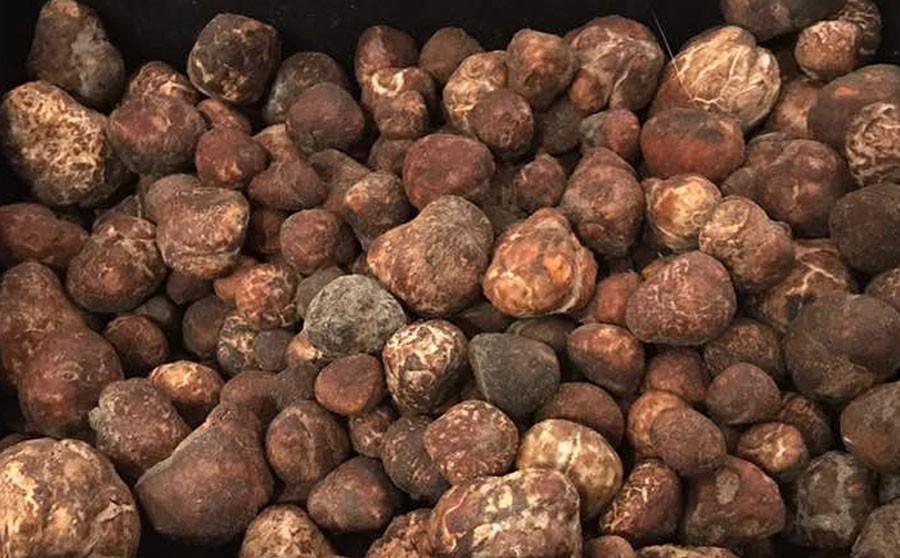
Our truffle yield
At the end of the afternoon we carried together an impressive amount of truffles. After many thanks towards our San friends, they decided to give us all the found truffles as a present. Back in the camp we washed the truffles, cleaned them carefully, washed them again and cut them into small rings. We fried them together with onions, deglazed everything with cream and reducedn the sauce a bit. At the end of the day we had the best sauce possible to our Namibian meat fondue.
When you subscribe to the blog, we will send you an e-mail when there are new updates on the site so you wouldn't miss them.



















